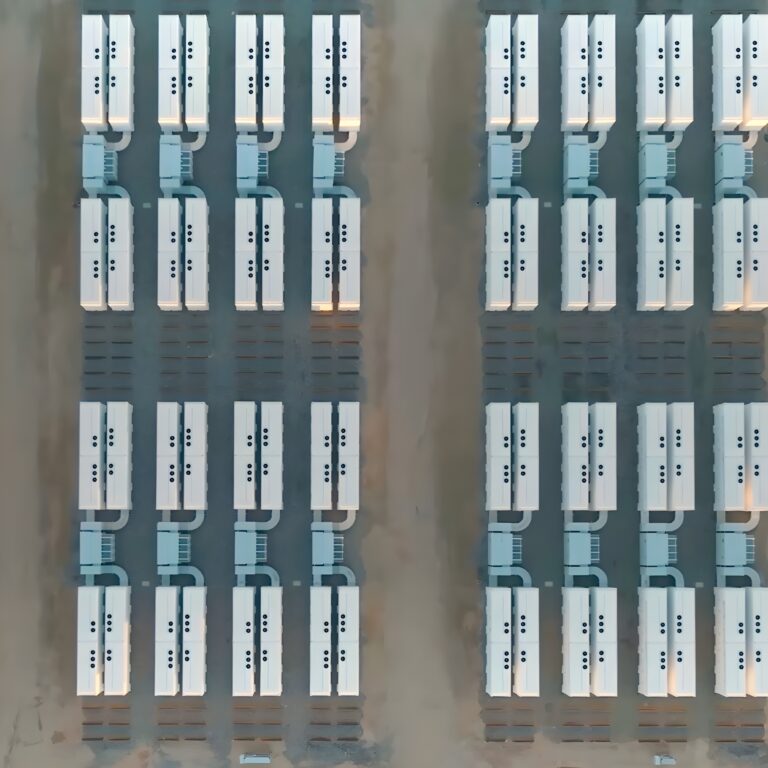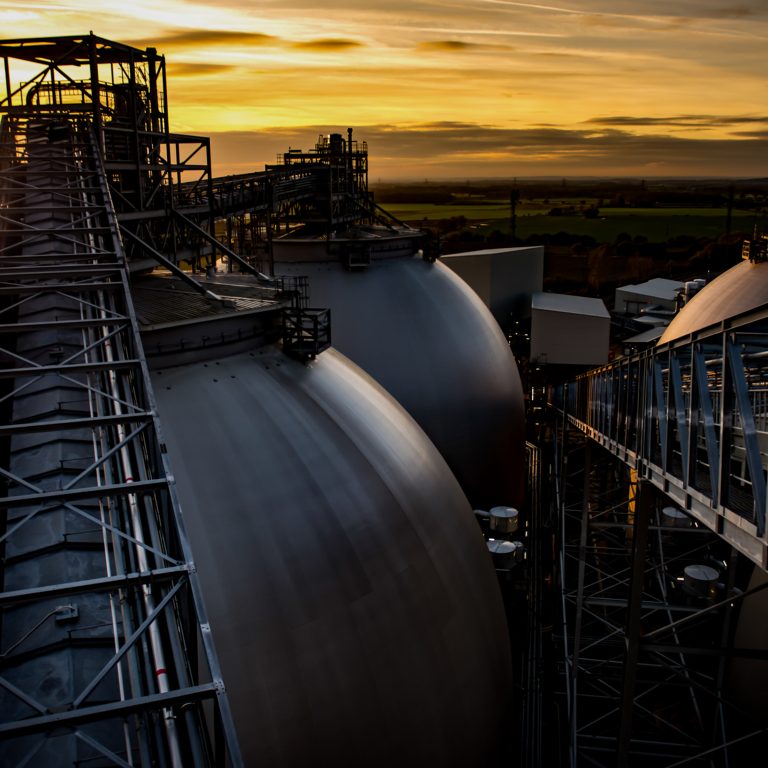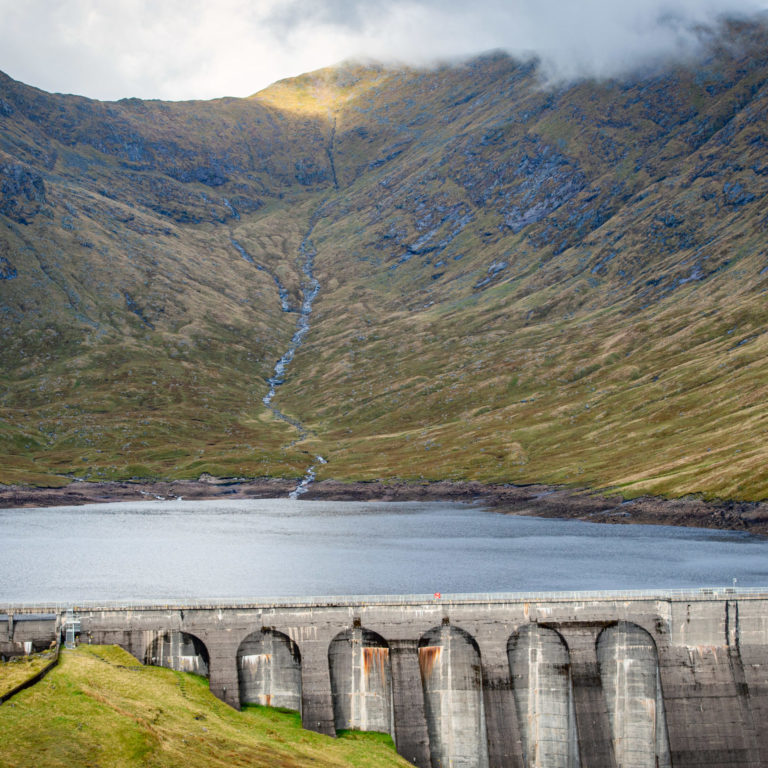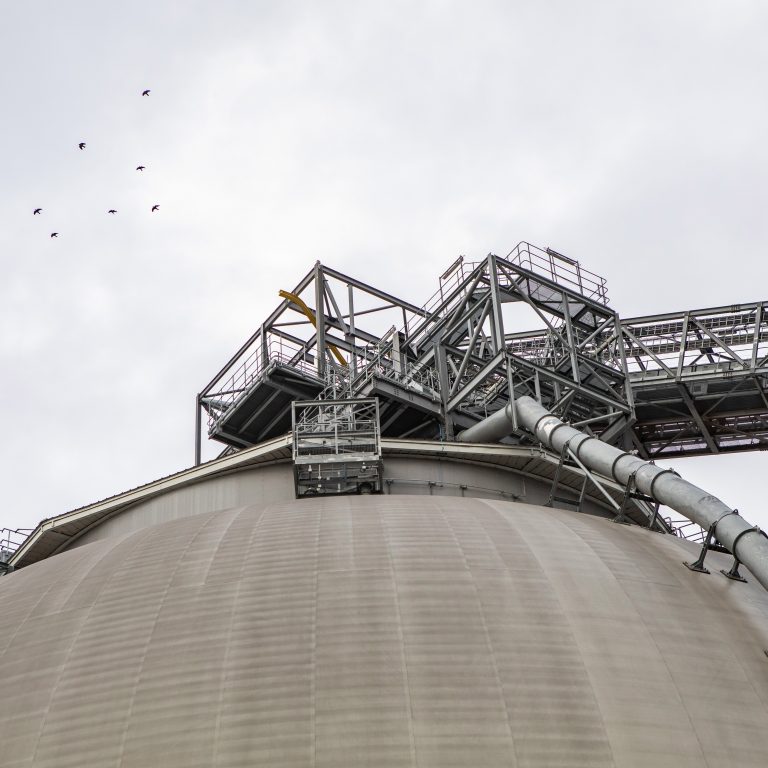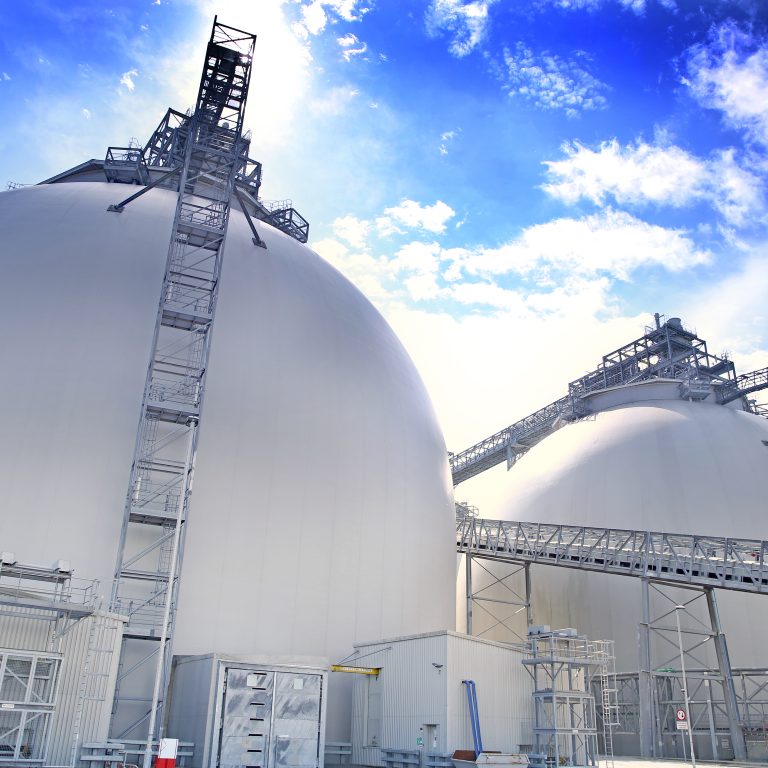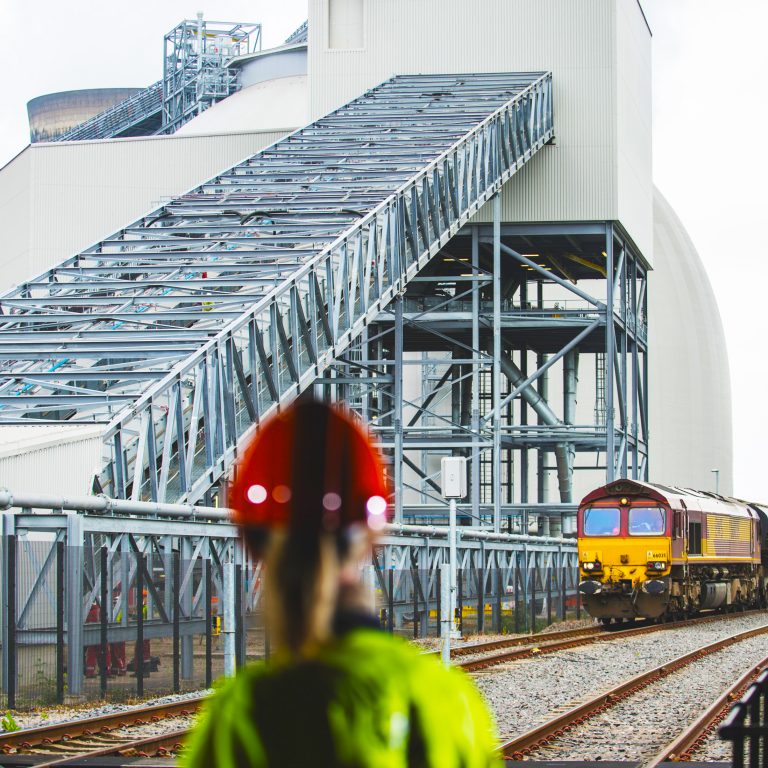In September, the Prime Minister gave the go-ahead for the construction of two new nuclear reactors at Hinkley Point in Somerset, setting in motion the process for what could be the biggest and most expensive nuclear power station ever built.
While this monumental decision will provide some long overdue clarity for Britain’s energy sector, it has dangerously diverted the attention from a far bigger energy challenge facing the UK – replacing the contribution currently made by coal.
In November last year the Government made a commitment that the UK must stop generating power from coal by 2025. For the sake of future generations, this was the right decision to take – coal is, after all, a fossil fuel of the past that’s damaging the environment. However, it still provides up to one fifth of the UK’s electricity, and plugging that gap will be far from easy. Doing so in a way that allows the country to meet its carbon targets while supporting technologies that will deliver a modern energy system fit for the 21st century only adds to this challenge.
Hinkley Point C will play an important role in the future energy mix, but let’s be clear – it’s no silver bullet.
When finally complete, Hinkley Point C is expected to provide seven percent of the UK’s electricity – less than a third of what is needed to replace coal. What’s more, this new generation isn’t even expected to come ‘on grid’ much before 2030, by which point all but one of the UK’s operating nuclear reactors, which provide around 20% of the UK’s current needs, are scheduled to close.
In short, Hinkley will be replacing lost nuclear capacity, and nowhere near all of it, rather than providing the ‘new’ energy we desperately need to plug the gap the end of coal will create. This raises the question – what can replace outgoing coal in the necessary timescale?
While we have seen a huge and welcome expansion in renewable sources of generation like wind and solar in the UK, they are intermittent so cannot fill the void alone; they still need to be supported by a constant supply of electricity that can be flexed up and down when the wind does not blow and the sun does not shine – a regular scenario on these shores.
Gas and nuclear will form part of the solution, but as we’ve seen with Hinkley, planning, funding and building new power stations can be a long and costly process – it took over a decade to reach the decision on Hinkley Point. Gas fired power stations can be up and running far quicker, but obviously planning and approval are still required, and only a handful have been built in the last 10 years.
Alternative technologies – like small modular nuclear reactors and electricity storage – held in some quarters as the answer, certainly hold potential. However, the reality is they aren’t yet fit for purpose at scale and will need much more research and development and in some cases regulatory approval, before they become viable.
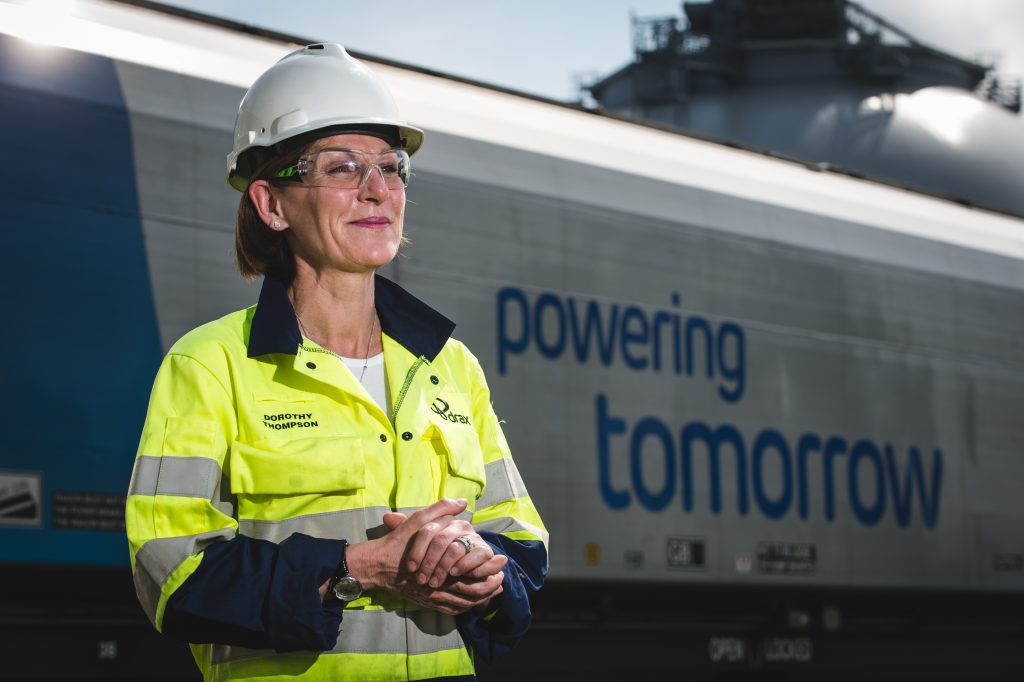
Dorothy Thompson, CEO, Drax Group
Time, unfortunately, is not a luxury we have. This year alone, more than six gigawatts (GW) of coal power generation could come off grid – almost twice the generating capacity of Hinkley Point. Every day lost adds to the cost and complexity of addressing the challenge we face – making a solution less likely.
A recognised, cost-effective renewable option does exist though, but it is often unmentioned in the debate – it’s called biomass.
Using the latest technology at Drax Power Station we have upgraded half of the coal facilities to generate electricity using sustainable compressed wood pellets instead of coal. Since this re-uses existing coal infrastructure, it’s quicker and more efficient than building new power stations, while also providing a reliable and flexible flow of electricity that can help the UK meet its carbon targets. The compressed wood pellets we use, for example, perform in much the same way as coal but deliver a more than 80% CO2 saving.
This solution is proven and ready to go. Already Drax’s facility is powering more than three million homes and delivering 20% of the UK’s renewable electricity, making it the biggest single site renewable generator in the country. Drax can go further though, with the right government support and a level-playing field, delivered via technology-neutral auctions for energy contracts.
With all six Drax generation units converted plus Lynemouth power station – which already has that future secured – and one or two other, smaller biomass power stations, around 10% of the UK’s electricity could be generated using this technology well before 2025.
Finding the right mix of power generation will not be easy, but it is important to make every effort to get it right.
Like Hinkley Point C, biomass is no silver bullet, but it is ideally placed to play an even greater role in helping the country transform to a low-carbon future.









